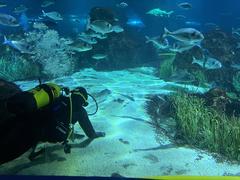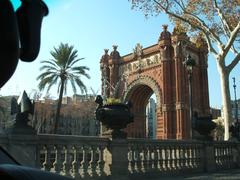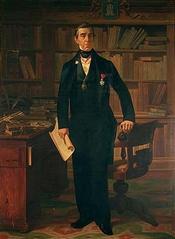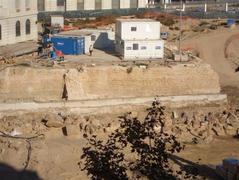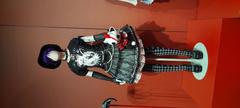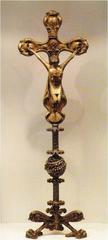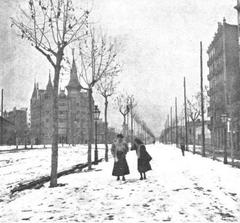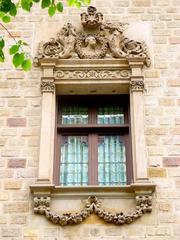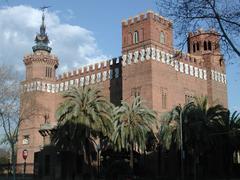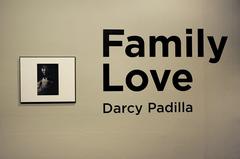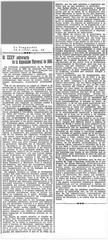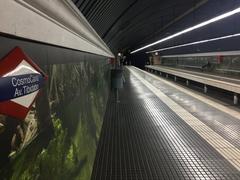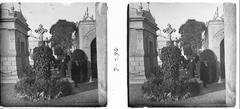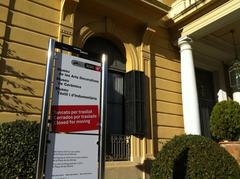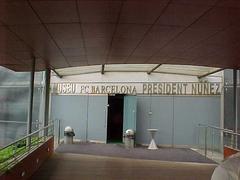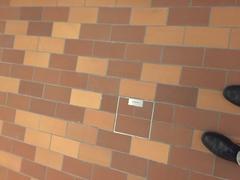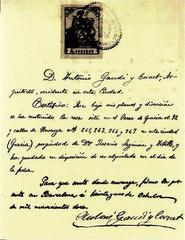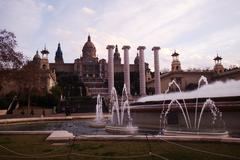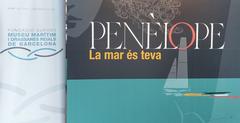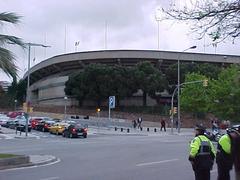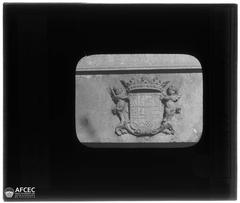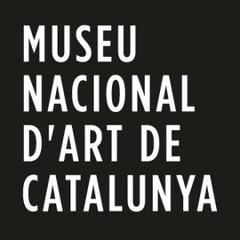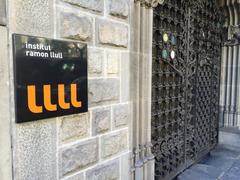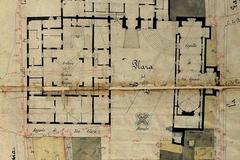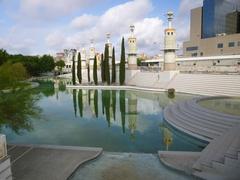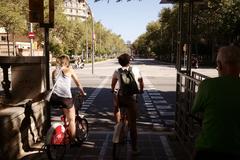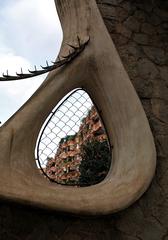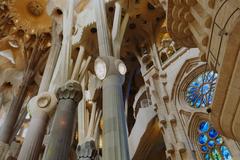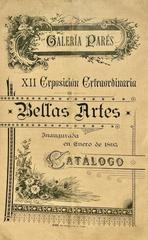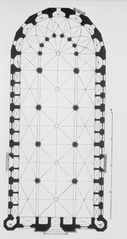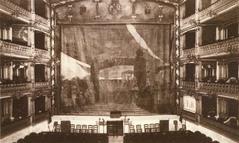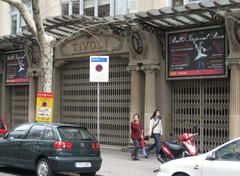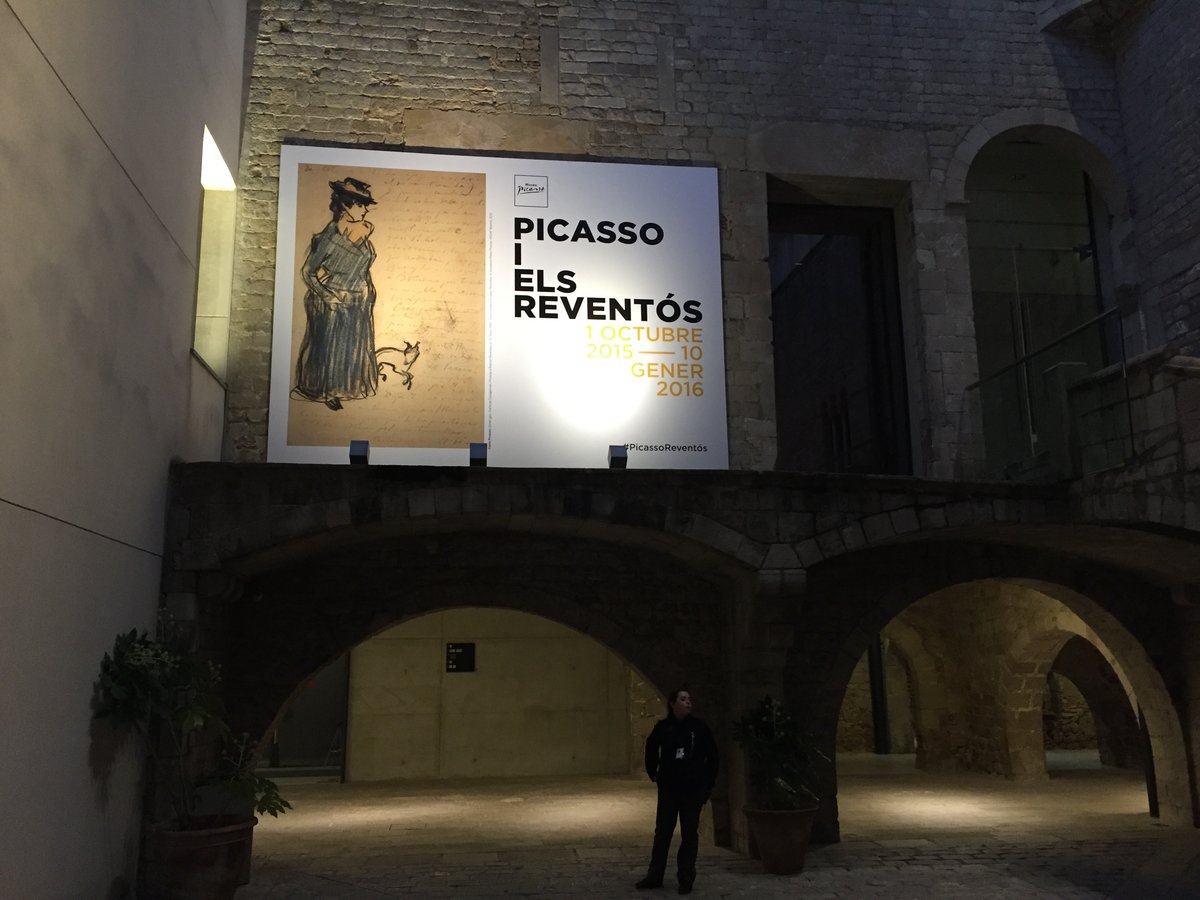
Guide to Museu Picasso in Barcelona
Date: 17/07/2024
Introduction
The Museu Picasso in Barcelona stands as a monumental testament to the life and genius of Pablo Picasso, one of the 20th century’s most influential artists. Nestled in the heart of Barcelona’s historic Gothic Quarter, the museum offers a unique insight into Picasso’s formative years and his deep-rooted connection to the city. Established through the dedication of Picasso’s friend and personal secretary, Jaume Sabartés, the museum houses an impressive collection of over 4,250 works, including paintings, drawings, sculptures, and ceramics. The five interconnected medieval palaces of Palau Aguilar, Palau del Baró de Castellet, Palau Meca, Casa Mauri, and Palau Finestres provide a stunning backdrop for this extensive collection, making it a must-visit destination for art enthusiasts and history buffs alike. This guide aims to provide a comprehensive overview of the Museu Picasso, from its rich history and cultural significance to practical visitor information and nearby attractions, ensuring that you make the most of your visit to this iconic cultural landmark (Museu Picasso).
Table of Contents
History of Museu Picasso
The Origins of Museu Picasso
The Museu Picasso, a treasure trove of Pablo Picasso’s art, didn’t simply materialize. Its existence is a testament to the artist’s deep connection to Barcelona and the dedication of his lifelong friend and personal secretary, Jaume Sabartés.
Picasso’s relationship with Barcelona began in his youth. Arriving from Málaga in 1895 at the tender age of 14, the city became his artistic cradle. He honed his skills at the renowned La Llotja School of Fine Arts and later, the bohemian café Els Quatre Gats became his artistic playground. Though his career would take him across continents, Picasso always held a special place in his heart for Barcelona, the city that nurtured his early genius.
Jaume Sabartés, a writer and journalist, shared a deep bond with Picasso, their friendship spanning decades. A witness to Picasso’s evolution as an artist, Sabartés became the custodian of a significant collection of Picasso’s early works. In 1960, driven by his desire to honor his friend and share his art with the world, Sabartés proposed the idea of a museum in Barcelona. Picasso, deeply touched by the gesture, not only agreed but also contributed generously to the museum’s collection, gifting over 5,000 works, including paintings, drawings, sculptures, and ceramics.
Evolution of the Building
The museum found its home in the heart of Barcelona’s historic Gothic Quarter, within the walls of five interconnected medieval palaces - Palau Aguilar, Palau del Baró de Castellet, Palau Meca, Casa Mauri, and Palau Finestres. These grand structures, dating back to the 13th and 14th centuries, with their characteristic Catalan Gothic architecture, provided a unique backdrop for Picasso’s art.
The museum’s inauguration in 1963 marked a significant moment in Barcelona’s cultural landscape. It offered a glimpse into the formative years of one of the 20th century’s most influential artists. The initial collection, primarily comprising works from Picasso’s early years and his personal collection, showcased his artistic journey from his academic beginnings to his foray into groundbreaking movements like Cubism.
Growth and Renovation
Over the years, the Museu Picasso has undergone several expansions and renovations to accommodate its growing collection and enhance the visitor experience. Donations from private collectors, including Picasso’s own widow, Jacqueline Roque, further enriched the museum’s holdings.
One significant expansion took place in 1985 with the addition of the Palau Finestres. This allowed for a more comprehensive display of Picasso’s works, offering a chronological journey through his artistic development. Further renovations in the 1990s focused on improving accessibility and creating a more engaging environment for visitors.
Visitor Information
Tickets and Visiting Hours
- Tickets: Tickets can be purchased online through the official Museu Picasso website or at the museum’s ticket office. Discounts are available for students, seniors, and groups.
- Visiting Hours: The museum is open from Tuesday to Sunday, 9:00 AM to 7:00 PM (last admission 30 minutes before closing). On Thursdays (May to September), the museum stays open until 9:30 PM. It is closed on Mondays and certain holidays, so be sure to check the official website for any changes in hours.
Accessibility
The Museu Picasso is committed to accessibility for all visitors. The museum offers ramps, elevators, and adapted restrooms to ensure a comfortable visit for individuals with disabilities. Audio guides with audio descriptions are available for visually impaired visitors, and sign language interpretation is available for some guided tours and events.
Nearby Attractions
The Museu Picasso is located in the vibrant Gothic Quarter, which is rich in history and culture. Nearby attractions include:
- Barcelona Cathedral: A stunning example of Gothic architecture.
- Santa Maria del Mar: A beautiful basilica with a rich history.
- El Born Cultural Center: A cultural hub with exhibits and events.
- Palau de la Música Catalana: A UNESCO World Heritage Site known for its ornate Art Nouveau architecture.
- El Born Centre de Cultura i Memòria: Built over the remains of an 18th-century neighborhood, this center is a must-visit.
- Passeig del Born: A lively pedestrian street lined with restaurants, bars, and shops.
Photographic Spots
Capture the beauty of the Museu Picasso and its surroundings at these spots:
- Main entrance: The grand facade of the Palau Aguilar.
- Courtyard: The medieval courtyards within the museum.
- Gothic Quarter streets: The charming, narrow streets of the Gothic Quarter.
Conclusion
The Museu Picasso is not merely a repository of art; it is a living narrative of Pablo Picasso’s artistic journey and his enduring connection to Barcelona. From its inception, driven by the heartfelt initiative of Jaume Sabartés, to its establishment within the historic confines of the Gothic Quarter, the museum encapsulates a rich tapestry of history, culture, and artistic evolution. Visitors are treated to a chronological journey through Picasso’s early works, groundbreaking periods, and innovative explorations in various mediums. The museum’s commitment to accessibility, alongside its strategic location amidst other historical landmarks, ensures a holistic and enriching experience for all who walk through its corridors. Whether you are an art aficionado or a curious traveler, the Museu Picasso promises a captivating dive into the world of one of modern art’s most iconic figures. Plan your visit, explore the vibrant Gothic Quarter, and immerse yourself in the timeless brilliance of Picasso’s legacy (Museu Picasso).
FAQ
What are the Museu Picasso’s visiting hours?
The museum is open from Tuesday to Sunday, 9:00 AM to 7:00 PM (last admission 30 minutes before closing). It is closed on Mondays and certain holidays.
How much are tickets to the Museu Picasso?
Ticket prices vary, with discounts available for students, seniors, and groups. Tickets can be purchased online or at the museum’s ticket office.
Is the Museu Picasso accessible to visitors with disabilities?
Yes, the museum offers ramps, elevators, and adapted restrooms to ensure a comfortable visit for individuals with disabilities. Audio guides with audio descriptions and sign language interpretation for some guided tours and events are also available.
What are some nearby attractions to the Museu Picasso?
Nearby attractions include the Barcelona Cathedral, Santa Maria del Mar, Palau de la Música Catalana, El Born Centre de Cultura i Memòria, and Passeig del Born.
References
- Museu Picasso. (n.d.). Retrieved from Museu Picasso


